From a "silly" question
On May 28, 1959, at the annual meeting of the American Physical Society (APS) held at the California Institute of Technology (Caltech), physicist Richard Feynman stepped up to the podium with a startling topic: "There's Plenty of Room at the Bottom".
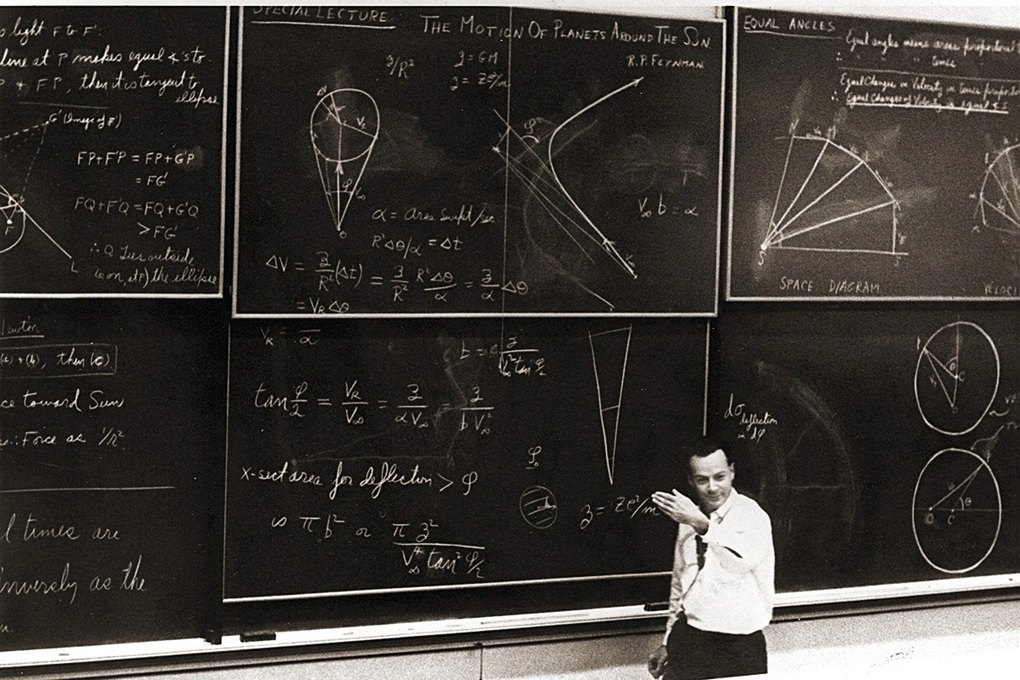
Scientist Richard Feynman (Photo: Getty).
In the context of world science at that time boiling with research on nuclear physics, quantum mechanics and early semiconductors, Feynman's opening statement sounded somewhat "silly": "Why don't we try to write the entire 24 volumes of the Encyclopedia Britannica on the head of a needle?"
However, he soon outlined a series of groundbreaking ideas: manipulating individual atoms, creating tiny machines that could be built from components at the molecular level.
For Feynman, this was not a far-fetched vision but a completely real possibility – humanity just didn't have the tools to do it at the time.
Not only did he present the vision, he also encouraged the scientific community to act by proposing specific prizes: $1,000 for anyone who could build a tiny electric motor and a book small enough to read under an electron microscope.
At that time, most scientists considered this an impossible idea. However, Feynman planted in them a bold idea: dare to think big from small things.
The Origin of Nanotechnology
It took more than three decades for Feynman's vision to begin to become a reality.
The 1980s saw the advent of advanced instruments such as scanning tunneling microscopes (STM) and atomic force microscopes (AFM), which allowed scientists to "see" and manipulate individual atoms.

Today, nanotechnology is everywhere, sometimes we don't even realize it (Photo: Getty).
In 1986, Eric Drexler – an American scientist, considered the “father of modern nanotechnology” – published the book “Engines of Creation”, which directly cited Feynman's lecture as the inspiration for the birth of nanotechnology.
The term “nanotechnology” has since become popular and developed into a huge interdisciplinary field, including physics, chemistry, biology, medicine, energy, electronics, and even cosmetics and food.
Nanotechnology is everywhere today, sometimes without us even realizing it.
In medicine, nanoparticles are used to deliver chemotherapy drugs directly to cancer cells, minimizing side effects on healthy tissues. Nano-biosensors help detect diseases early, even before symptoms appear.
In electronics, nano-coatings protect smartphones from water and dust, and lithium-ion batteries with nanotechnology increase energy density and longevity. Ultra-strong, ultra-light nanomaterials are transforming the aerospace, construction, and automotive industries.
Even in everyday life, nanotechnology is present in anti-aging skin care cosmetics, antibacterial clothing, fine dust masks and functional foods.
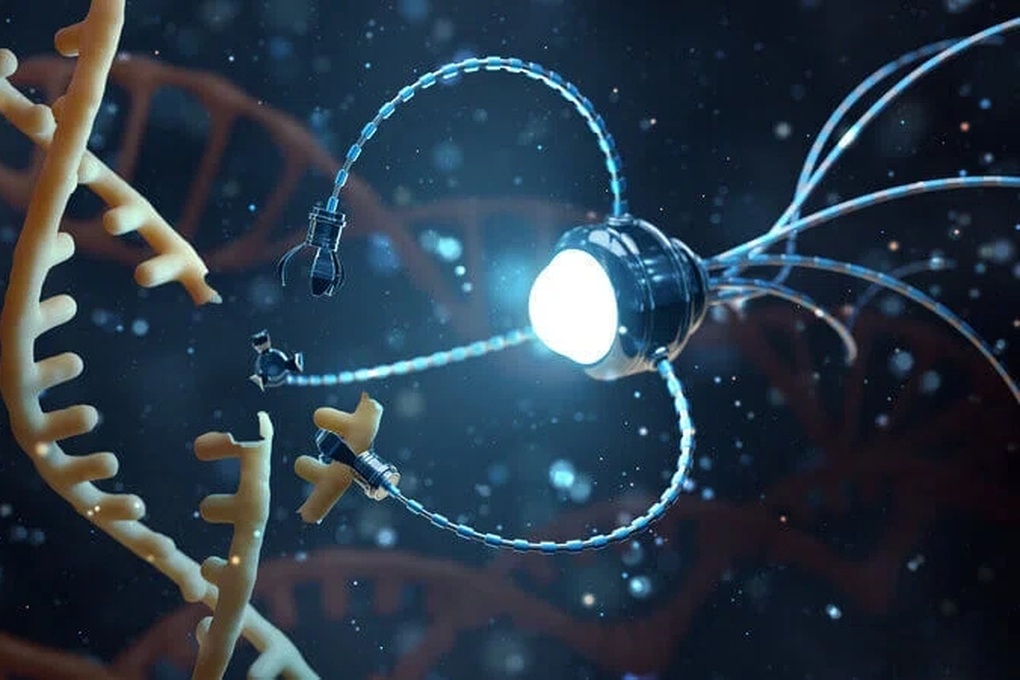
Nanotechnology brings breakthroughs (Photo: Getty).
All of these applications, ultimately, stem from a challenging question Feynman once posed: "Can we manipulate individual atoms?"
What made Feynman's 1959 lecture so "prophetic" was not only its foresight, but also the way he inspired an entire generation of scientists.
Nearly seven decades later, "There's Plenty of Room at the Bottom" is still considered a foundational text for anyone interested in nanotechnology.
This lecture not only appears in university textbooks but is also frequently cited at international conferences, as a manifesto for the spirit of creativity in science: Do not wait for technology to come to you, but proactively imagine it and pave the way to the future.
That spirit is also the scientific style that Richard Feynman pursued all his life - a style that is not afraid to ask questions and is not afraid to imagine, always considering curiosity and creativity as the main driving force for human progress.
Source: https://dantri.com.vn/khoa-hoc/7-thap-ky-truoc-mot-nha-khoa-hoc-dat-cau-hoi-dinh-hinh-ky-nguyen-cong-nghe-20250531014929349.htm




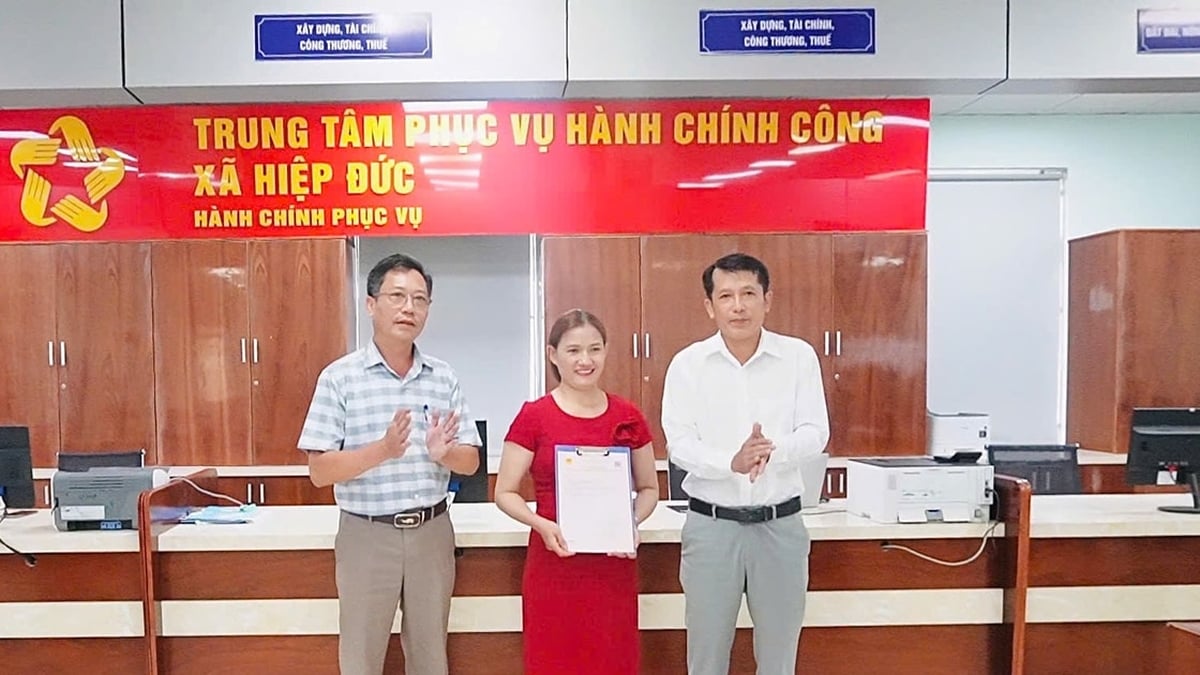


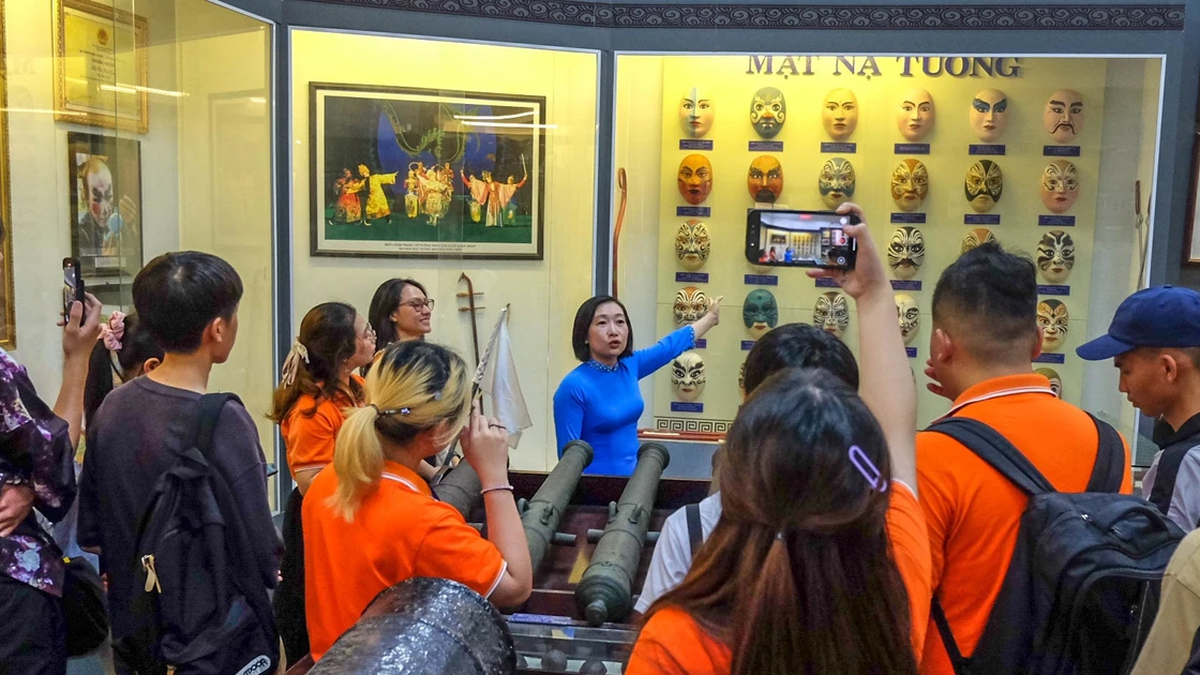

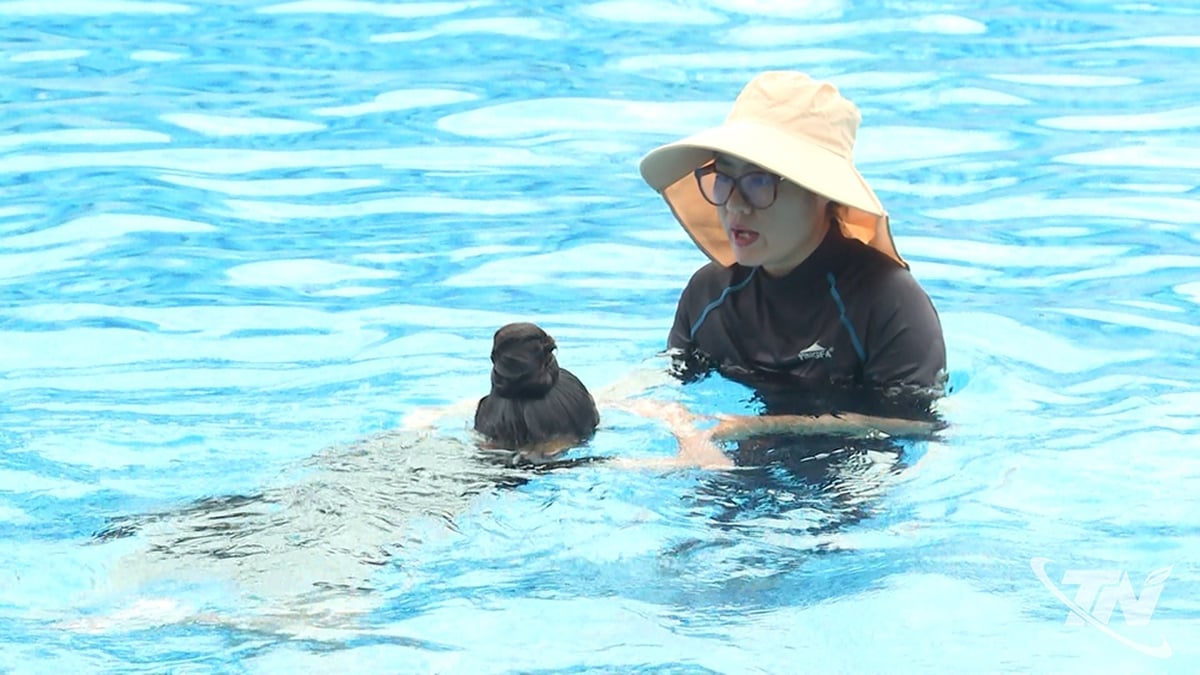




















































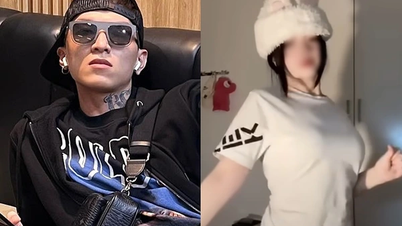

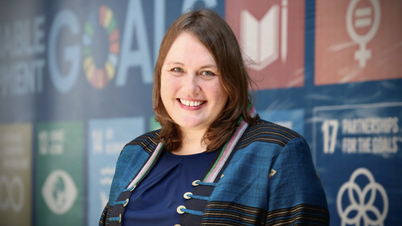



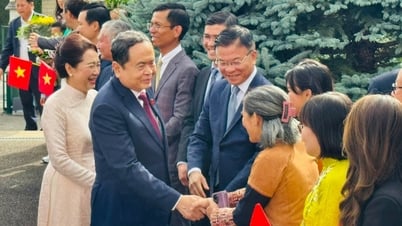





























Comment (0)